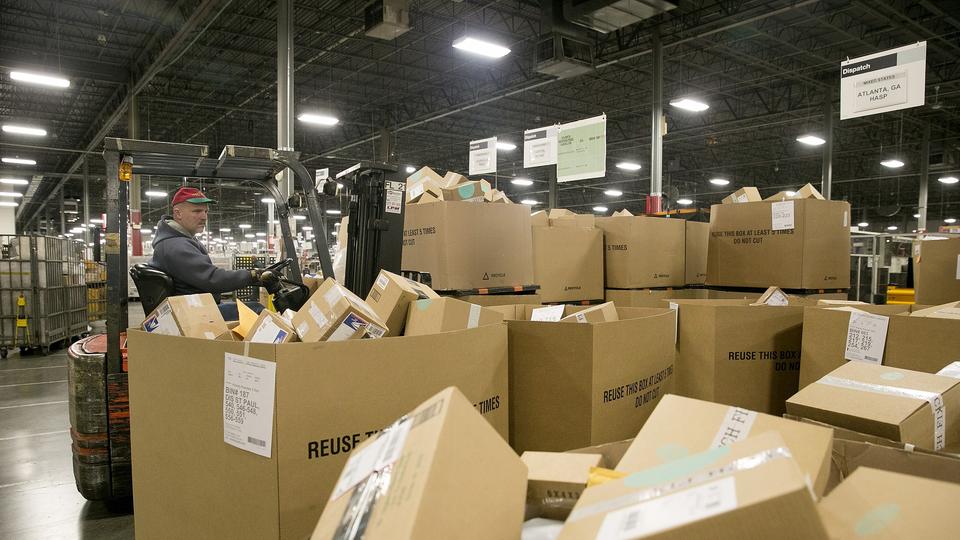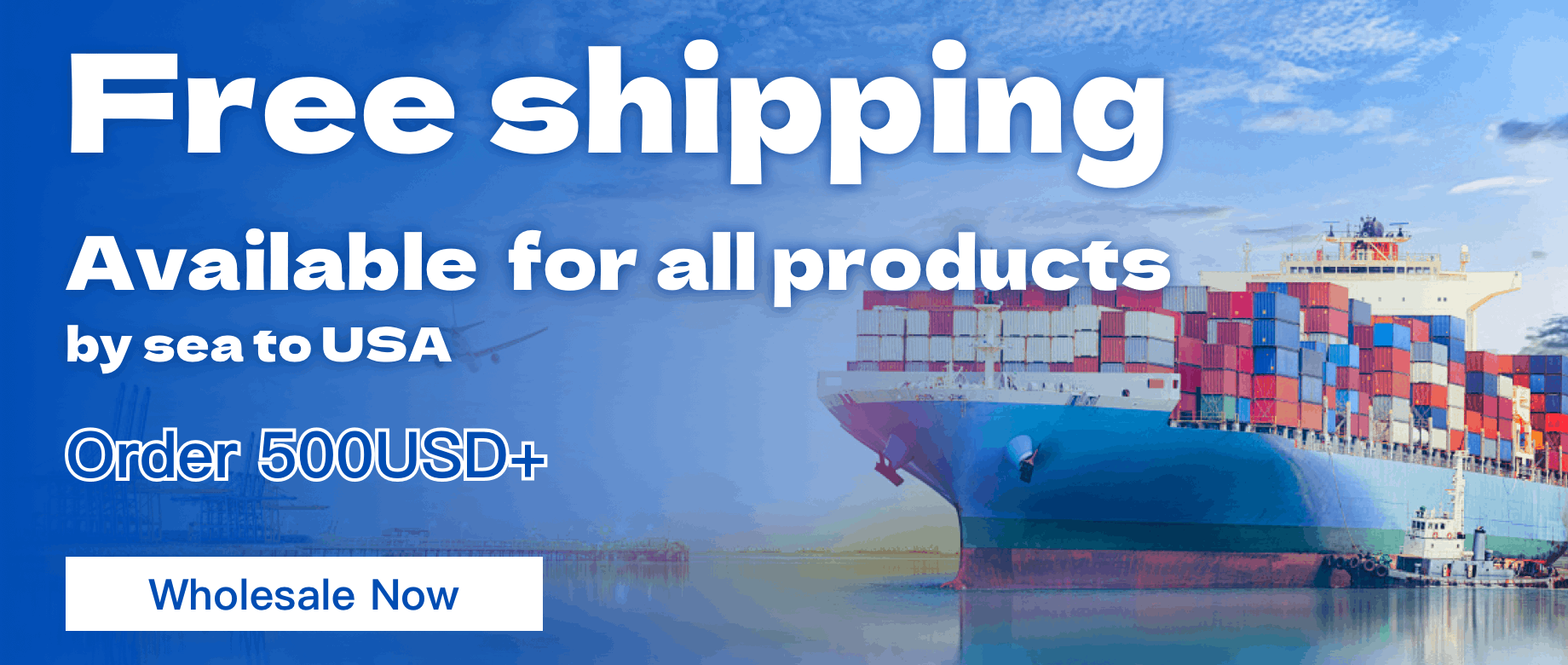With the increase of internet connectivity around the world and the adaptation of Ecommerce as a major form of doing business, the world has since become a global village with transactions being made from one region to another with great ease.
To be able to facilitate the ecommerce process, shipping is one of the most integral factors that are necessary to complete an online purchase. The shipping process is part of a company’s logistics as the whole process involves order fulfilment.
Shipping involves the movement of goods from one region to another and the name came about from the act of moving goods from one region to another via the sea.
How is the Shipping Process?
To ensure that goods are efficiently moved from the place of origin to the destination, the process of shipping should be conducted in a highly synchronized way.
Most people assume that shipping begins when the product is ready for transport but this is not the reality. The process starts earlier in the supply chain and it involves both physical and documentation procedures. The players involved in the shipping process include:
Shipper/exporter
This is the person who prepares the goods to be exported. The shipper verifies documents that are meant to ensure smooth clearance at points of origin and destination.
Consignee
The consignee is usually the receiver of the goods and is required to be physically present to enable the release of the products. The receiver is often the owner of the goods.
Freight Forwarder
This a person who operates as an agent for the importer or exporter and he/she is involved in negotiating better rates and rates for the shipping, the forwarder also handles paperwork on how the products will be transported upon landing.
Agent
The agent works as a link between the owner of the goods and the landing port. A shipping agent may handle clearance and delivery of goods and is used to ensure that the shipping process flows smoothly.
Customs
During shipping the customs of the country of export and import are involved. The exporting country provides customs clearance for goods to be shipped out and the country of import gives clearance for the goods to be brought in. The custom policies are different with each country.
Carrier
The carrier is responsible for making sure that the goods reach their final destination. Once the shipment is cleared, a carrier service is used to transport the goods to the buyer.
Shipping is done either by sea or by air and the process involves several steps. After a purchase has been made by the consignee or the importer, the manufacturer will receive the purchase order and after payment the importer and supplier will agree on the shipment terms.
The goods are then transported to a warehouse with other products to be shipped. The products are transported from the warehouse to the port where it is loaded as cargo.
After the shipment is loaded, the main task of transporting goods from one country to another then begins. The mode of transport may be either through ship or air and the forwarder will ensure that the importer of the goods receives information on the transit time.
The forwarder is basically the one who is in charge of all the shipping tasks as long as all the documentation is made available.
When the goods reach the destination, the customs agents will check them to ensure that they have the right documentation and then they may be transported to a warehouse where different carriers will be used to transport them to the customer.
The Reasons of the Shipping Delays
Shipping delays being the most common type of problem encountered during shipping is a huge burden to bear for most importers and suppliers. The most common causes of shipping delays include:
Lack of adequate product identification
For a product to be easily identified during the supply chain process, the product should have some form of visibility. Visibility ensures safe and timely shipment of the product as it can be easily identified through the supply chain process. Without clear product identification the product may be lost, damaged or delayed resulting in inefficiency on the supplier.
The problem can be handled by using technology to help in proper identification of the product this may be through; shipping label creation, item scanning, signature capture, and creation of digital waybills to offer instructions on the shipment of goods.
Lack of adequate technology
The shipping process is majorly technology based. Proper software should be used in the process to ensure efficiency in the process. If the technology is old and inadequate challenges of delays in shipping may be experienced and therefore it is necessary to replace the old systems with new and improved systems and software to ensure that the process is efficient.
Since the shipping process is a holistic process all the parties involved should be well connected and provided with real time data on the shipping process.
Lost packages
Almost every customer has experienced this problem with a lot of suppliers having to deal with numerous complaints of customers who have not yet received their packages.
To deal with the issue of lost packages, the whole process should be streamlined to ensure that the goods are tracked from the point of packaging to the point of delivery. This will be done by use of technology that will enable the easy tracking of a product.
High volume of shipments
High and unexpected volume of shipments may overwhelm a delivery company that is not well equipped with the right software. To ensure that the volume of shipment does not become overwhelming, delivery companies should have software that will enable them to manage high volumes of orders.
Port congestion
The ports may receive a huge volume of products and it may be overwhelming for the clearing and custom agents to deal with the huge volume of goods. To deal with such issues, the logistics should be well conducted to ensure that the delivery companies have the correct schedules to avoid congestion.
Custom clearance delays
Every country has different custom policies, lack of proper understanding of the custom policies of the country of origin and delivery may cause the goods to be held for a while at the port and this will lead to delays in shipping and delivery. To avoid custom clearance delays ensure that you have all the necessary documentation that is requires by custom authorities.
In case there are delays as a result of inspection that may occur, the retailers should have form reliable partnerships with courier services that will ensure that all the documents presented are accurate.
Failed deliveries
It may also result to the delivery companies holding on to the goods since they may not be able to find the right people to receive the package. The issue of failed deliveries may be solved by including the right tracking systems to enable the customers to be updated on the process of shipping and delivery.
Inaccurate addresses
If the customer provides inaccurate address information, the goods may be delivered to a wrong address or may fail to be delivered altogether. To avoid this issue, the customer should ensure that the information they have given is accurate by confirming the details before making a purchase.
Bad weather conditions
It may also be a major cause of late deliveries, though inevitable delivery and shipping of goods to arrive later than expected. Clear communication on the status of the shipment should enable the customer to be aware of such delays.
Supply chain challenges
The supply chain is the engine that runs the whole shipping process. If this process is not adequately structured there will be delays in the shipping process. The supply chain should be well designed to ensure that each process works efficiently and each role is well assigned.
Other Challenges Encountered during Shipping
Apart from delays other challenges that may occur during the shipping process may include:
High costs of shipping which is mostly brought about by the rising costs of fuel. This high cost of shipping is a huge factor that affects most shipping procedures as it will also affect the overall charges the importer faces.
Missing documentation will result to problems in clearing of the shipment as these documents contain the bill of landing which is a critical component of the shipping process.
The other common challenge that may be encountered is damaged goods. In the process of product handling and transportation, some goods may be mishandled and therefore damaged; this problem will affect the supplier as they will have to take responsibility for the state and quality of the goods that they deliver.
Conclusion
The shipping process is the most important process in the ecommerce chain, having shipping delays is a major reason for mistrust for various customers and this may make or break the company.
To ensure that the delays are well handled ensure that the process of shipping is well handled and the players in the process are well informed. The use of updated technology will enable you to avoid challenges that may arise.








